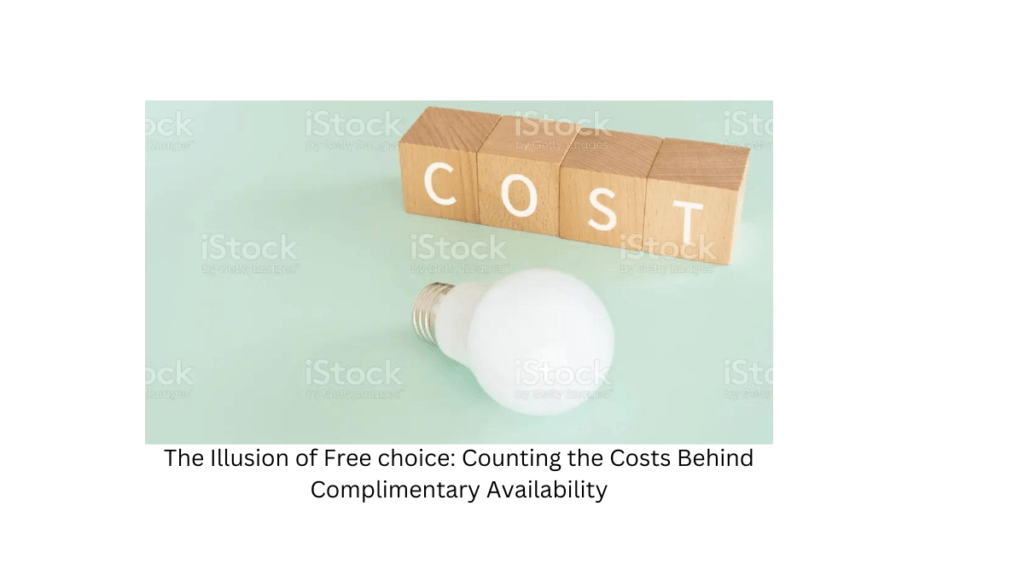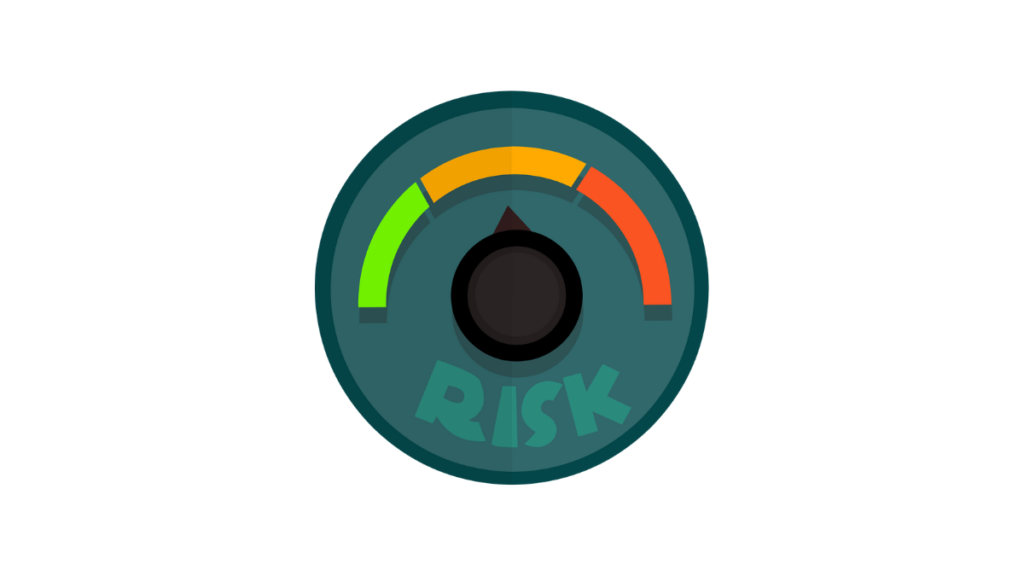Introduction
The Illusion of Free: Counting the Costs Behind Complimentary Availability

In a world where the allure of “free” is almost irresistible, it’s important to pause and reflect on the hidden costs that often come with supposedly complimentary offerings. Whether it’s free software, services, or products, the concept of getting something without paying a dime can be captivating. However, as the saying goes, “There’s no such thing as a free lunch.” In this article, we’ll delve into the illusion of free and explore the various costs that can be associated with seemingly costless opportunities.
What are the potential drawbacks and hidden expenses that individuals should consider when they are enticed by the idea of receiving something for free, as discussed in the provided article’s exploration of the illusion of free?
The True Nature of Free

At first glance, the word “free” seems like a wonderful proposition. After all, who wouldn’t want to save money and enjoy something without having to reach into their wallet? However, beneath the surface, there’s often a complex web of trade-offs and compromises that can negate the initial allure.
1. Data Privacy and Personal Information
Many free services, especially online platforms, require users to provide personal information. This data is then often used for targeted advertising, analytics, or even shared with third parties. The cost of “free” can thus be your privacy and the potential exposure of your personal information to unknown entities.
2. Limited Features and Functionality
Free versions of software or apps often come with limitations. While they might offer basic functionalities, you’ll frequently find that premium features are locked behind a paywall. So, while you’re using the service for free, you might be missing out on key capabilities that could enhance your experience.
3. Advertisements and Intrusive Marketing
Many free platforms and services are sustained by advertisements. You may find yourself bombarded with ads that disrupt your experience or even track your online behavior. The cost of accessing the service at no monetary charge is exposure to advertising content that might not align with your interests.
4. Quality and Reliability
In some cases, the quality and reliability of free offerings might not be up to par. With no direct financial incentive, providers might not invest as much in maintaining their free products or services. This could lead to frustrating experiences, downtime, or unexpected glitches.
5. Upgrades and Hidden Costs
The “freemium” model is prevalent in today’s digital landscape. While you get a basic version for free, you’re encouraged to upgrade to a premium or paid version to access the full range of features. The initial savings might be overshadowed by the cumulative cost of upgrades or add-ons.
6. Commitment and Lock-In
Once you’ve invested time and effort into a free platform, switching to an alternative can be daunting. Some free services make it challenging to migrate your data or information to a different platform, essentially creating a form of lock-in. This commitment might limit your options down the line.
Is it better to get things for free or by working hard?
The decision between getting things for free and earning them through hard work depends on the context, your goals, and your values. Both approaches have their own advantages and disadvantages, and what’s “better” can vary from person to person. Here are some points to consider:

Getting Things for Free:
Advantages:
- Immediate Gratification: You can acquire something without having to invest time, effort, or resources.
- Cost Savings: Free items or services obviously save you money in the short term.
- Quick Access: You don’t have to go through the process of earning or working for something; it’s readily available.
Disadvantages:
- Quality and Reliability: Free items might lack quality, reliability, or necessary features.
- Dependency: Relying on free offerings might limit your options and growth in the long run.
- Hidden Costs: There might be hidden costs or downsides associated with “free” offerings.
- Ethical Considerations: Free items might come from sources with questionable ethics or practices.
Earning Through Hard Work:
Advantages:
- Sense of Accomplishment: Earning something through hard work can provide a sense of achievement and satisfaction.
- Value Appreciation: When you’ve put effort into earning something, you’re likely to value and use it more effectively.
- Skill Development: Working hard can help you develop skills, experience, and knowledge.
- Long-Term Benefits: Hard work can lead to more sustainable and lasting benefits.
Disadvantages:
- Time and Effort: Earning things through hard work can be time-consuming and require significant effort.
- Uncertainty: There’s no guarantee that your hard work will always lead to the desired outcome.
- Initial Investment: You might need to invest resources, such as money for education or tools, before you start reaping rewards.
In reality, a balanced approach often works best. While there are instances where free items or opportunities can be beneficial, the value of hard work, discipline, and personal growth cannot be underestimated. Earning things through effort can lead to a deeper appreciation, skill development, and a sense of accomplishment. However, it’s also important to be pragmatic – not everything worth having is available for free, and sometimes it’s more efficient to pay for services or items that truly add value to your life or work.
Ultimately, the choice depends on your goals, circumstances, and what you prioritize in your life journey. It’s essential to consider both options and make decisions that align with your values and aspirations.
Conclusion
While the allure of free offerings is undeniable, it’s essential to remember that there’s often a price to pay beyond the monetary aspect. Whether it’s your data privacy, user experience, or the quality of the product or service, understanding these trade-offs is crucial to making informed decisions. The illusion of free can sometimes obscure the true costs involved. As consumers, it’s important to weigh the benefits against the potential drawbacks and determine whether the price of “free” is one worth paying.





